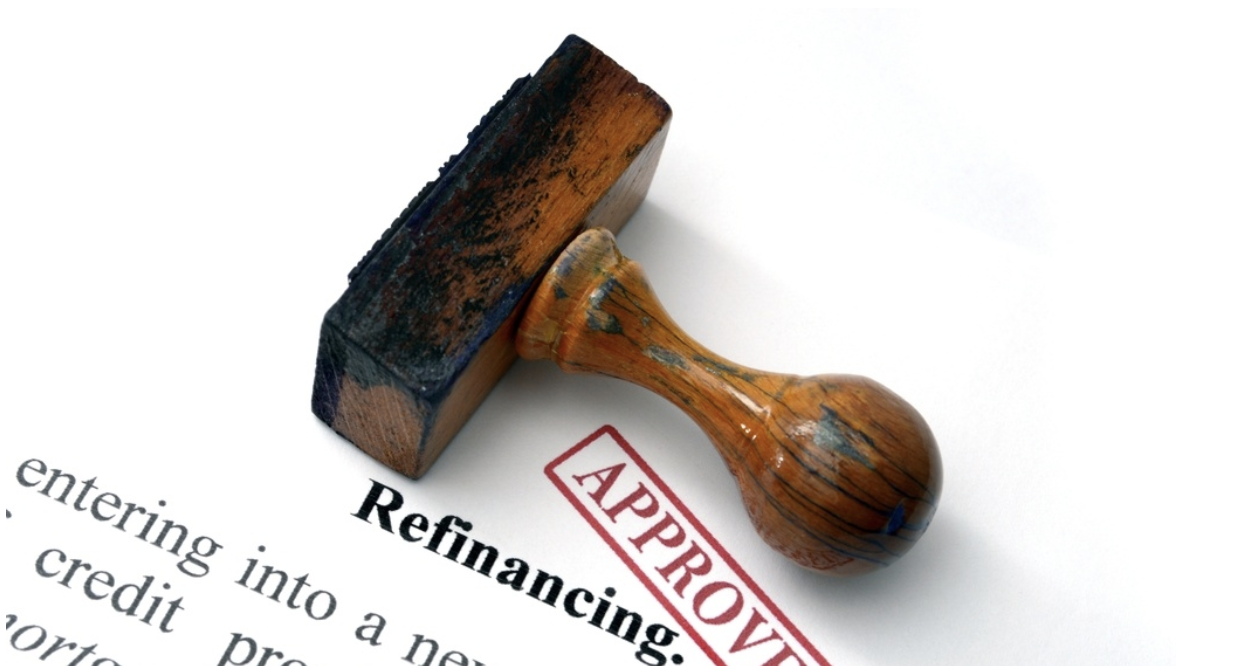4 Things That You Can Do To Get The Best Refinance Rates
Tara Mastroeni, Contributor
FORBES – Real Estate
When it’s time to refinance, one of the biggest hurdles homeowners face is securing the best interest rates. With that in mind, I’ve brought you four things that you can do to set yourself up to be offered the best possible refinance rates. Read them over and discuss them with your lender to get a sense of which steps will have the biggest impact for you.
Get your credit score in shape
The biggest determining factor in what interest rates you’ll receive will undoubtedly be your credit score. Essentially, lenders use your credit score as an indicator of how likely you are to pay back larger loans. With that in mind, you should work to get your score into the best shape possible before you apply to refinance.
Improving your credit score is all about consistency. Make sure you make your payment on time, every month, and aim to pay as far above the minimum payment as possible. You should also check your check your credit report for any errors and take the time to rectify them if they are present.
Maximize your home equity
Put simply, equity is the percentage of your home that you own outright or the amount that you’ve paid down on your current mortgage. Lenders look at this number as an indicator of your investment in the property. The bigger stake that you have in owning the property, the more likely you are to pay back your refinance loan.
Typically, in order to approve you to refinance, lenders look for you to have at least 15% equity in the property. However, if you can get that number to 20% or above, you’ll open yourself up to the best refinance rates and do away with that pesky mortgage insurance requirement. If you have the cash on-hand, consider adding it towards your available equity.
Consider a shorter loan term
Though a 30-year loan is more or less considered to be standard, keep in mind that there are other options available. Generally, loans with a shorter term – such as 20-year, 15-year, or 10-year loans – come with better interest rates in exchange for the lender not having to wait as long to recoup their investment.
That said, since you’d be paying off the same amount of money in less time with a shorter loan term, know that your monthly payment will be higher than it would be with a 30-year loan. You’ll see the savings in the amount of interest that you end up paying overall.
Think about your interest rate type
Lastly, if you’re goal is to get the lowest interest rate possible, you may want to consider an adjustable-rate mortgage (ARM). While traditional fixed-rate options offer a consistent interest rate over the life of the loan, that rate is typically a bit higher to compensate for the lack of adjustment. In contrast, adjustable-rate loans usually come with a lower, introductory interest rate, which adjusts after a set period of time.
If you decide to go this route, however, you need to make sure that you’re aware of the fine print, especially if you plan on staying in the home beyond when the introductory interest rate expires. Make sure that you know how often the interest rate is set to adjust and how high it can go. Additionally, do the math and verify that you’ll still be able to manage your monthly payment if the rate goes up.


 Facebook
Facebook
 X
X
 Pinterest
Pinterest
 Copy Link
Copy Link
